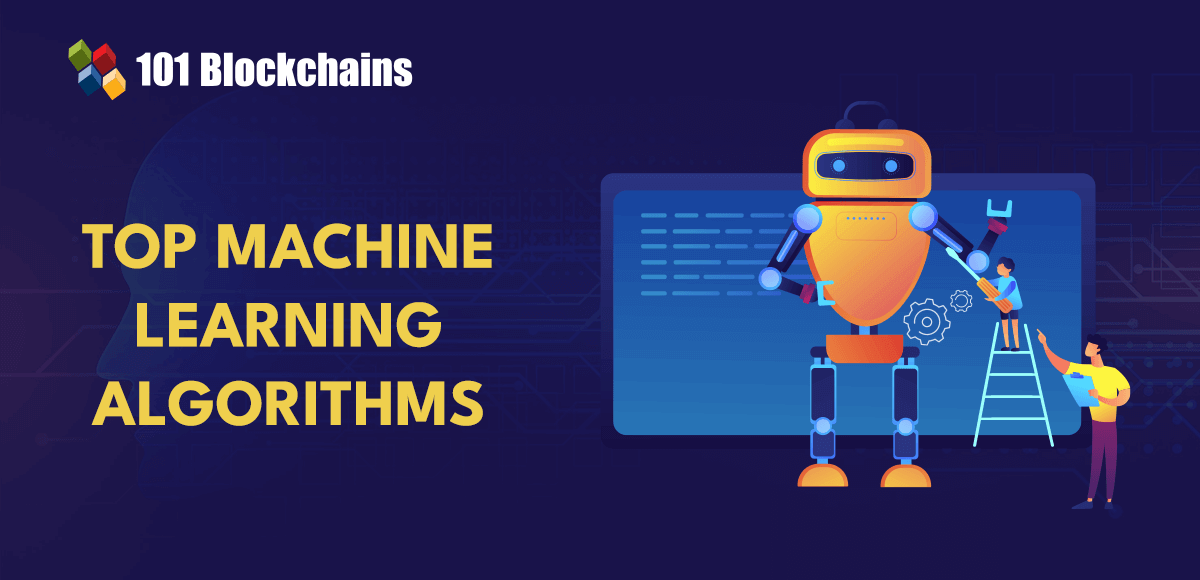What is Python? If you want the TL-DR, Python is a highly readable and versatile programming language that’s used in everything from web development to data science and AI. But that barely scratches the surface! That’s why I’ve put together this article about Python, covering its key features, applications, ecosystem, how easy it is to learn, strengths and weaknesses, and the future of Python. I’ll even show you how to write your first program with a simple Python project. So, join me as we dive deep to answer the question: what is Python?
What Is Python?
Python is a versatile and widely used programming language that’s become a staple in various fields, from web development to data science and artificial intelligence. Developed in the 1980s by Guido van Rossum and later released in 1991, Python was designed to be readable and simple, making it an ideal choice for beginners and experts alike. Python was conceived as a successor to the ABC language, with the aim of addressing its shortcomings and providing a scripting language that emphasizes code readability and developer productivity. The name “Python” itself is a tribute to the British comedy group Monty Python, reflecting van Rossum’s goal to make programming fun and accessible. Python’s design philosophy, encapsulated by its now-famous “Zen of Python,” prioritizes simplicity and elegance. The idea here is that encourages us as programmers to write clear, clean, and logical code for large-scale and small-scale projects alike. One of Python’s most distinctive features is its use of significant whitespace, which requires proper indentation to define code blocks, making Python code particularly easy to read and understand. Python’s simplicity does not compromise its power though, as it boasts a comprehensive standard library that supports a wide array of programming tasks. From web development with web frameworks like Django and Flask, to scientific computing with Python libraries like NumPy and SciPy, to machine learning with libraries such as TensorFlow and PyTorch. Python’s rise to prominence is also down to the fact that its development is community-driven. This vibrant and inclusive community formed around Python has contributed to its extensive ecosystem of third-party libraries and frameworks extending its capabilities far beyond its core functionalities. The adaptability of Python is also clear in its use across different domains. In web development, it provides back-end support, enabling server-side logic and database interactions. In data science and machine learning, Python has become the language of choice due to its readability and the powerful data manipulation and analysis libraries available. Python’s reach also extends into scripting and automation, network programming, and even into newer fields like Internet of Things (IoT) devices and embedded systems, showcasing its versatility and adaptability to a wide range of programming needs. As Python continues to evolve, guided by the Python Enhancement Proposals (PEPs) and an active development community, it remains at the forefront of modern development, consistently adapting to meet the challenges and opportunities of the time.
What Are Python’s Key Features?
Python is celebrated for its simplicity, readability, and broad applicability, making it a favorite among beginners and professionals. Here are some of its standout features that contribute to its popularity and wide-ranging use across various domains.
- Easy to Learn and Read: Python’s syntax is designed to be intuitive and mirrors the English language, which significantly lowers the barrier to entry for newcomers. The emphasis on readability means that Python code often looks like pseudo-code, making it easy to understand and maintain, even when using complicated Python operators.
- Dynamic Typing: Python is a dynamically typed language, which means you don’t have to declare the type of a variable explicitly when you create it. If you’re like me and you started in C programming, this is a fairly wild and freeing innovation! This works because Python figures out the type of a variable at runtime, which adds flexibility but also demands caution to avoid type-related bugs.
- Extensive Standard Library: Python comes with a “batteries-included” philosophy. This means you get a vast standard library with modules and functions for a wide array of tasks, such as file I/O, system calls, sockets, interfaces to various database systems, and even interfaces to graphical user interface toolkits like Tk.
- Interpreted Language: Because Python is an interpreted language, code is executed line by line, which can make debugging easier and it also eliminates the need for compilation. This also enhances Python’s portability, and it makes iterative testing and development more straightforward.
- Object-Oriented and Functional Programming: A common theme with Python is its versatility, which extends to the fact it can supports various programming paradigms, including object-oriented, imperative, functional, and procedural. It also has first-class functions, meaning functions can be assigned to variables, passed as arguments, and returned from other functions just like any other object.
- High-Level Data Structures: Python includes high-level, built-in data structures like lists, dictionaries, sets, and tuples, which allow for the construction of fast and compact code for various complex data manipulation tasks.
- Extensibility: For tasks requiring speed or the need to execute legacy code, Python allows the inclusion of C or C++ libraries, making it extensible and versatile for performance-critical applications.
- Embeddable: Python can be embedded within C/C++ programs, adding scripting capabilities for those programs and allowing for rapid prototyping or high-level script-based customization.
- Wide Range of Libraries and Frameworks: The Python ecosystem is really vast! This means you get access to a wide array of libraries and frameworks for web development (think Django and Flask), data analysis (think Pandas and NumPy), machine learning (think TensorFlow and Scikit-Learn), and more. It’s fair to say that this significantly expands Python’s applicability beyond its standard library!
- Community Support: Python has a large and active community, which means a wealth of tutorials, forums, and third-party resources are available. This community support is invaluable for both learning and solving complex programming challenges.
- Portable and Cross-Platform: Python is designed to be portable, meaning Python programs can run on a wide variety of operating systems without requiring any changes to the code. You’ll just need a Python interpreter on the destination system. This makes Python a versatile choice for developing software that needs to operate in diverse environments.
The Applications of Python
Python’s simplicity, versatility, and robust performance have led to its adoption in numerous fields and applications. And Python’s applications range from web and software development to complex scientific computing and machine learning projects. Here are some of the key areas where Python’s impact is most significant:
- Web Development: Python is popular for web development thanks to powerful frameworks like Django or Flask that streamline the process of building robust and scalable web applications. These come with numerous built-in features for URL routing, database manipulation, and security, enable us as developers to focus on the more unique aspects of our web applications.
- Data Science, Analysis, and Visualization: Python’s simplicity and powerful data manipulation capabilities with libraries like Pandas and NumPy make it a preferred choice for data science and analysis. Furthermore, visualization libraries such as Matplotlib and Seaborn allow for the creation of insightful charts and graphs, making data more accessible and understandable.
- Machine Learning and Artificial Intelligence: Python is at the forefront of AI and machine learning, thanks to its comprehensive ecosystem of libraries and frameworks, including TensorFlow, Scikit-Learn, and PyTorch. These offer pre-built algorithms for tasks like neural networks, natural language processing, and computer vision, enabling the rapid development and deployment of AI-powered applications.
- Scientific and Numeric Computing: Scientific communities and researchers use Python extensively for complex scientific computing. Libraries such as SciPy and NumPy facilitate high-performance operations on multi-dimensional arrays and matrices, which are crucial in various scientific computations.
- Software Development: Python’s readability and straightforward syntax make it an excellent tool for developing both simple scripts and complex, multi-platform applications. The language also supports various software development paradigms, including object-oriented, functional, procedural, and more.
- Education: Python’s clear syntax and general readability make it an ideal first language for newcomers to the world of programming. It is widely adopted in educational programs and introductory programming courses, helping students grasp fundamental programming concepts without the steep learning curve associated with more complex languages.
- Automation and Scripting: Python’s simplicity makes it ideal for writing scripts to automate mundane tasks, such as data and web scraping, file management, and system automation.























